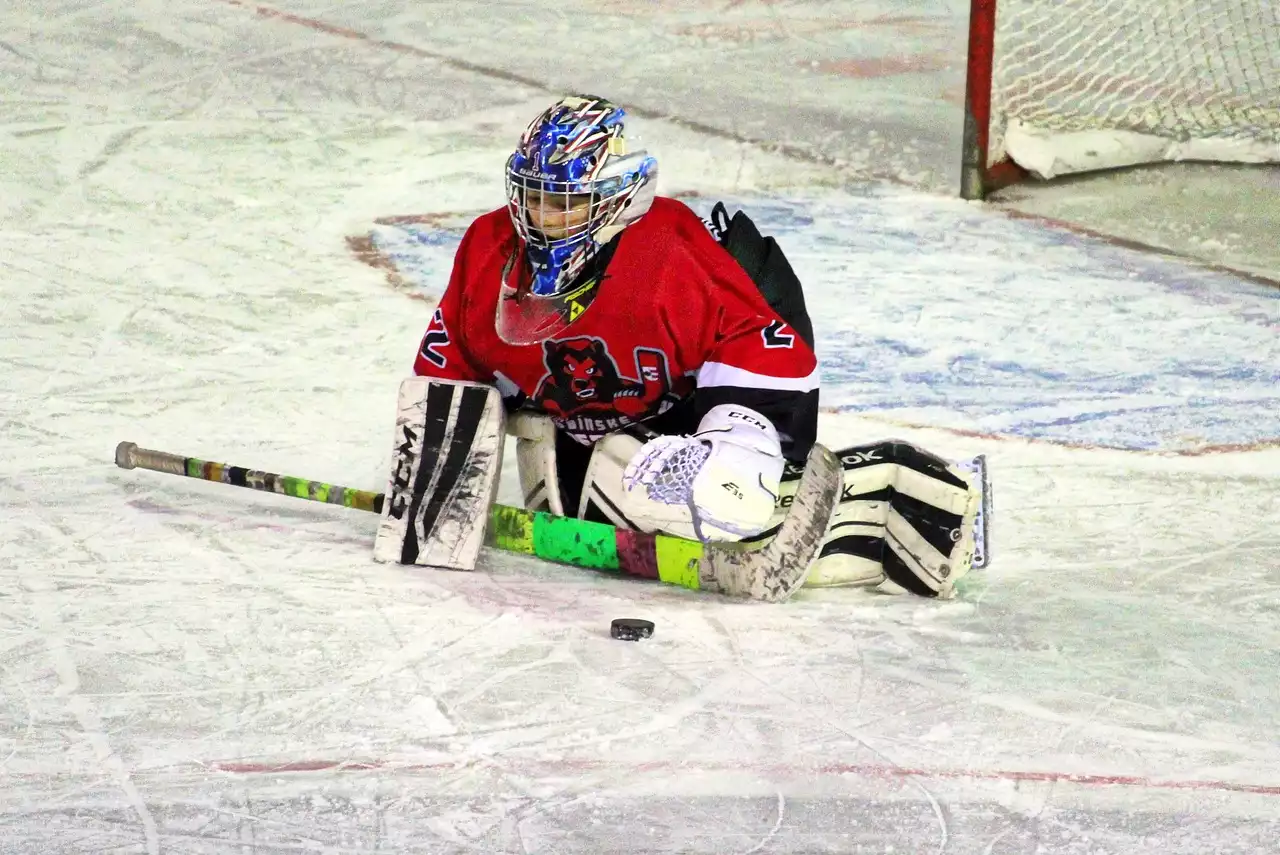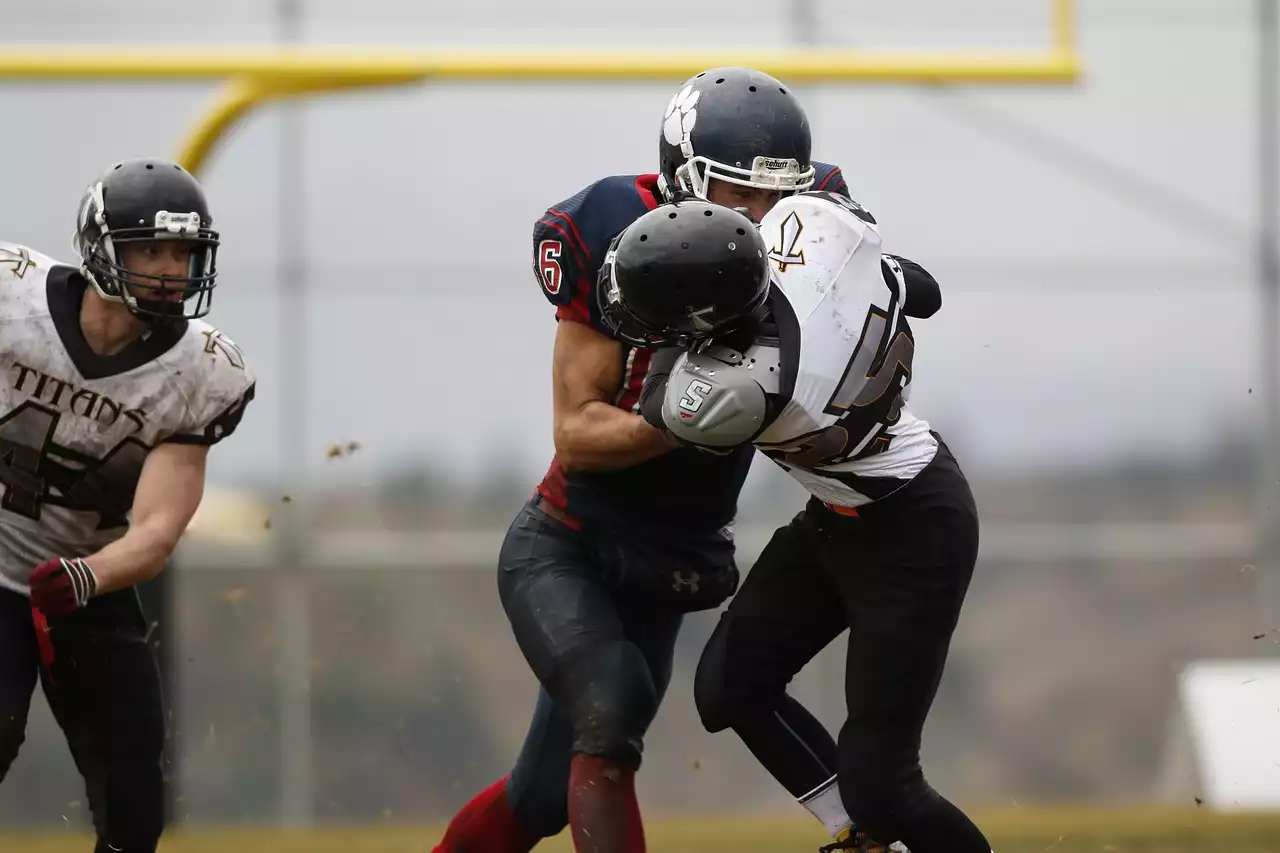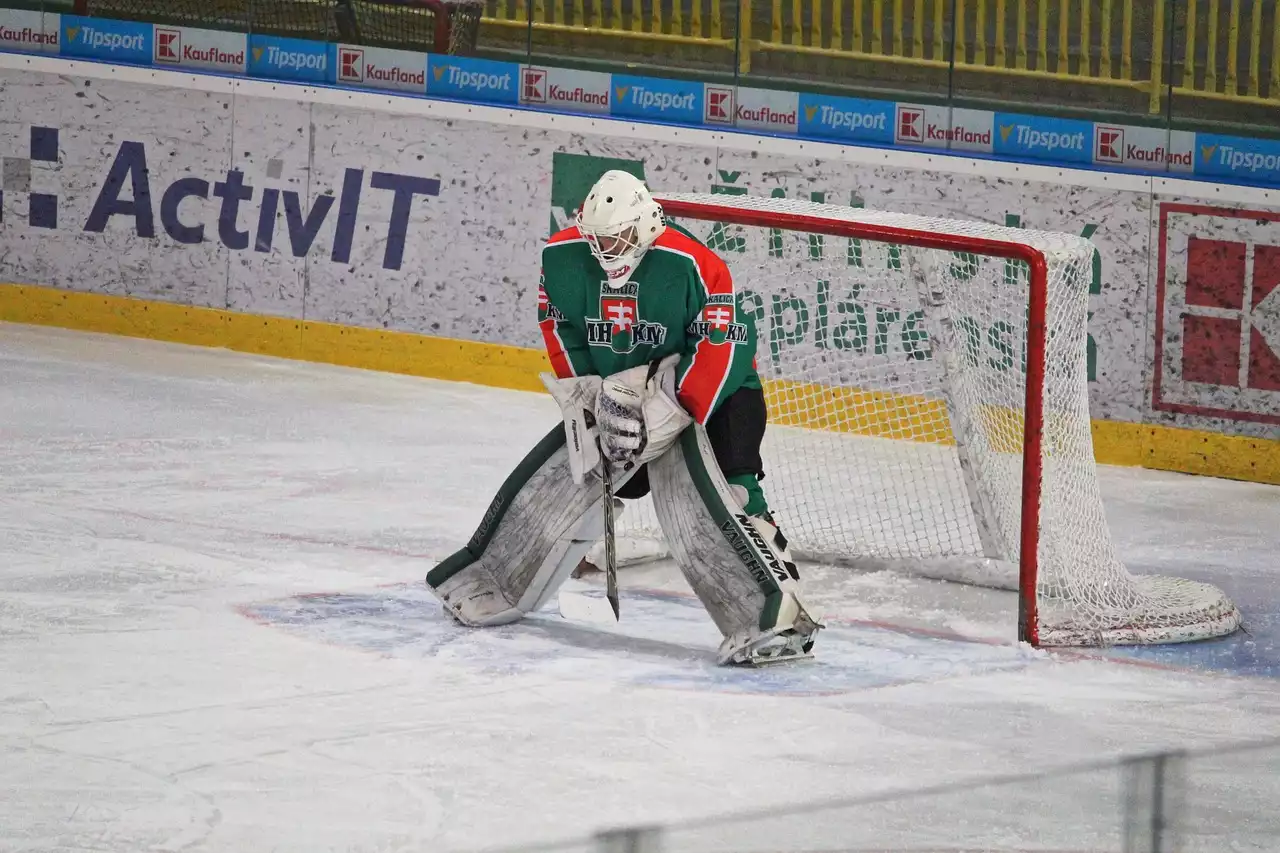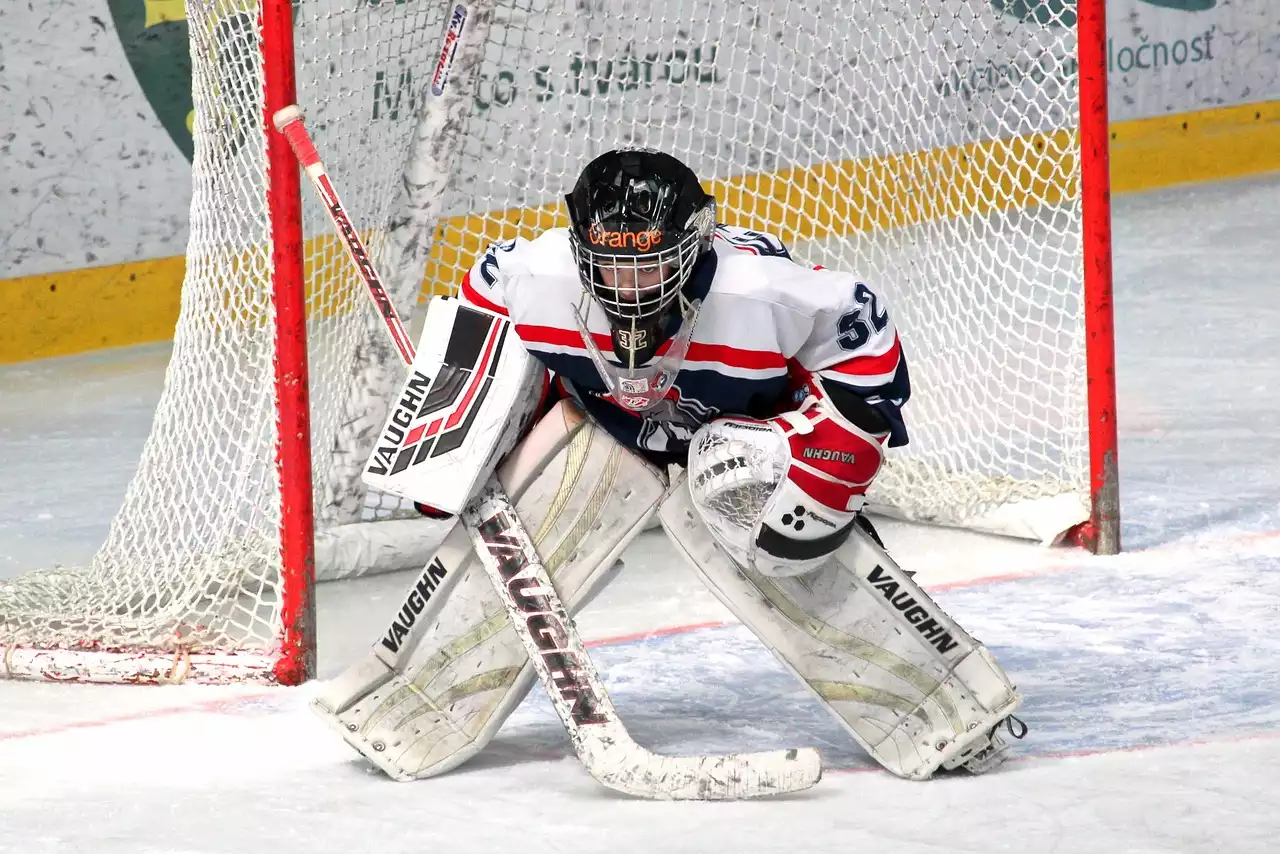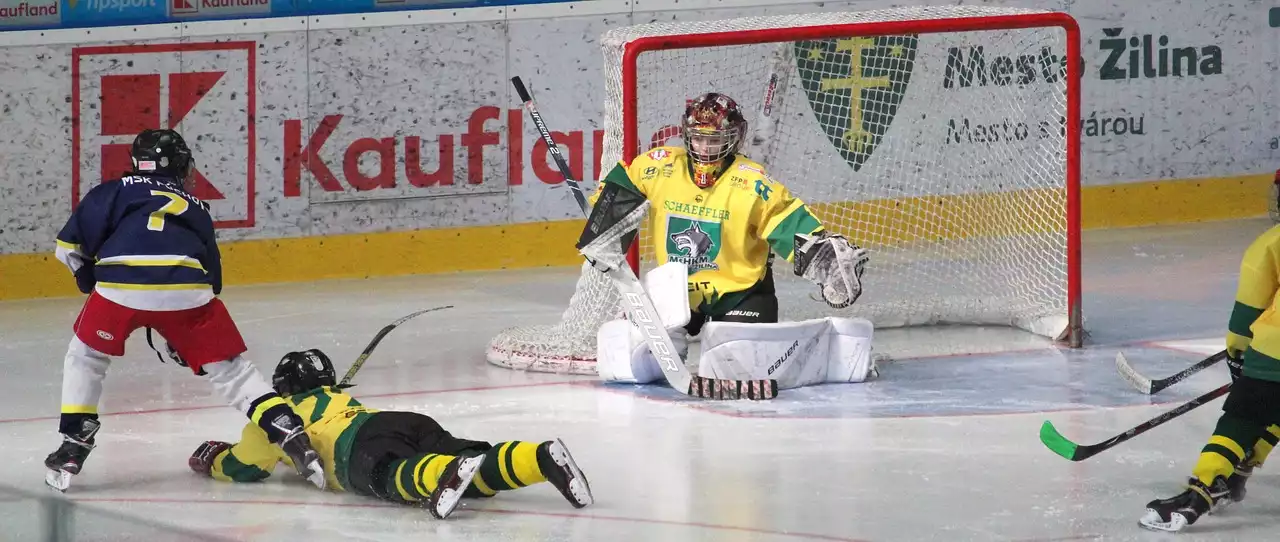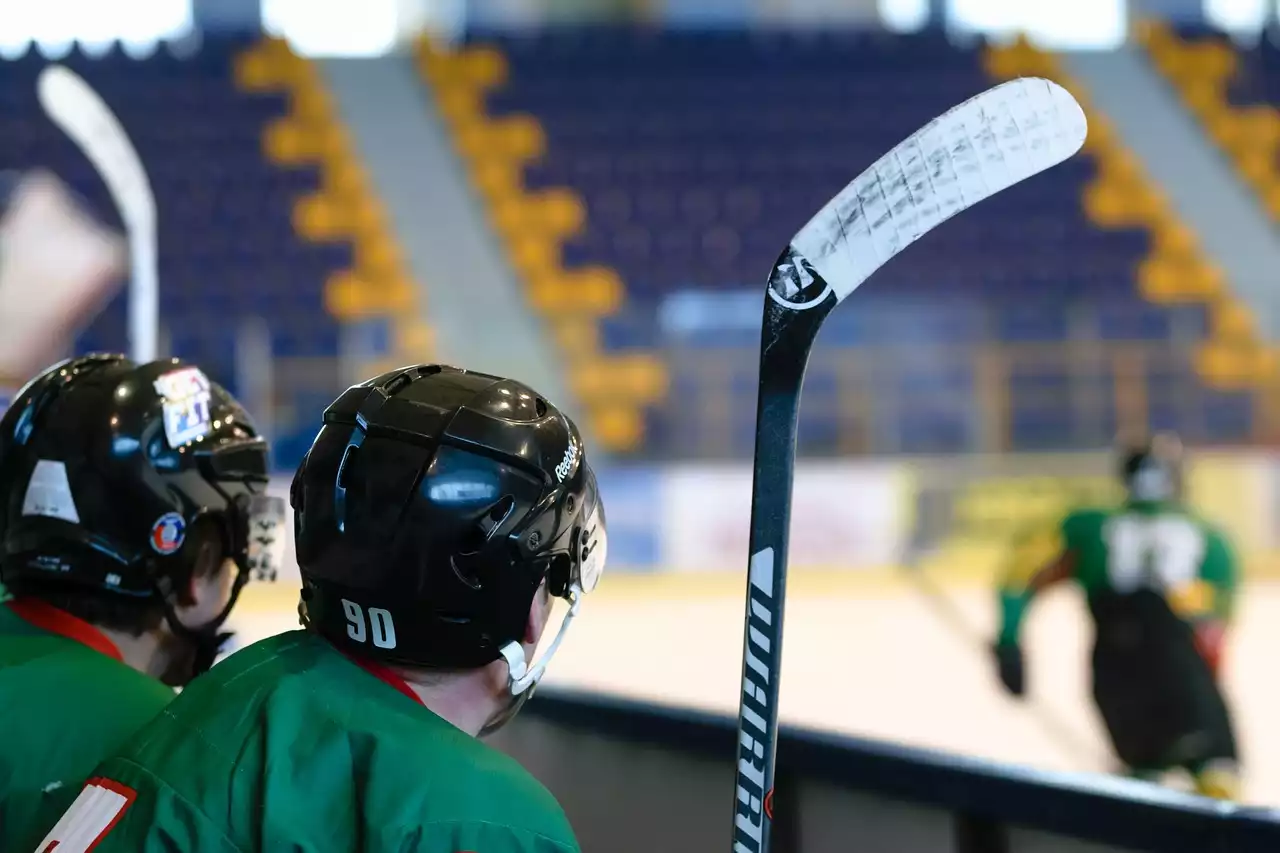What is a head guard and why is it important?
A head guard is a piece of protective headgear worn by ice hockey players to protect their head and face from injury. Headguards are designed to provide cushioning to the head and face against the impact of collisions, which can reduce the risk of serious head and facial injuries. They also help to absorb the shock of a hit and reduce the force of impact, which can help to prevent concussions.
The importance of head guards in ice hockey is clear. Players must wear the right headgear to protect against potential head and facial injuries. Headguards can also help to reduce the risk of concussions by absorbing the shock of impacts and reducing the force of impact.
Different types of head guards
Headguards can be made from a variety of materials including leather, plastic, and foam, and come in a range of sizes and styles to suit the individual needs of each player. There are several different types of head guards available, including full-face head guards, half-face head guards, and helmetless head guards.
Full-face head guards are the most protective type of head guard and offer the most coverage. They cover the entire face and head and are designed to provide maximum protection against impacts and collisions.
Half-face head guards are designed to protect the face and head, but not the entire face and head. They are generally lighter and less bulky than full-face head guards and provide more flexibility and freedom of movement.
Helmetless head guards are designed to be lightweight and provide minimal protection against impacts and collisions. They are designed to be worn without a helmet and are generally preferred by players who are looking for a more streamlined look.
Headguard materials and styles
Headguards can be made from a variety of materials, including leather, plastic, and foam. Leather is the most durable and protective material, and provides the most cushioning and insulation. Plastic head guards are lightweight and less bulky but provide less protection and insulation than leather. Foam head guards are lightweight and provide good cushioning, but are not as durable as leather or plastic.
Headguards also come in a variety of styles, including full-face, half-face, and helmetless designs. Full-face head guards offer the most coverage and protection, while half-face and helmetless head guards are lighter and more flexible.
The importance of proper fit
When choosing a head guard, it is important to make sure it fits properly. A head guard that is too tight or too loose can be uncomfortable and may not provide adequate protection. The best way to ensure a proper fit is to try on the head guard and make sure it fits snugly but comfortably.
How to choose the right head guard
When choosing a head guard, it is important to consider the level of protection it offers as well as the amount of comfort and breathability it provides. It is also important to make sure the head guard is made from a durable material that will provide adequate protection against impacts and collisions.
When selecting a head guard, it is also important to consider the size and shape of the player’s head. The head guard should fit snugly but comfortably and provide adequate coverage to the entire head and face. It is also important to make sure the head guard is adjustable so that it can be adjusted to the individual needs of each player.
Headguard safety standards
Headguards must meet a certain safety standard to be approved for use in ice hockey. All head guards must meet the safety regulations set by the International Ice Hockey Federation (IIHF). Headguards must be approved by the IIHF before they can be used in any ice hockey league.
Headguard regulations in ice hockey leagues
Headguards are now mandatory in all ice hockey leagues, from amateur to professional. All players must wear a head guard that meets the safety standards set by the IIHF when playing in any league. This is to ensure the safety of all players and reduce the risk of serious head and facial injuries.
Concussion awareness and head guards
The rise of concussion awareness in recent years has made head guards even more important in the sport of ice hockey. Headguards help to reduce the risk of concussions by absorbing the shock of impacts and reducing the force of impact. Wearing a head guard can also give players a sense of protection and confidence, which can help to reduce the risk of injury.
